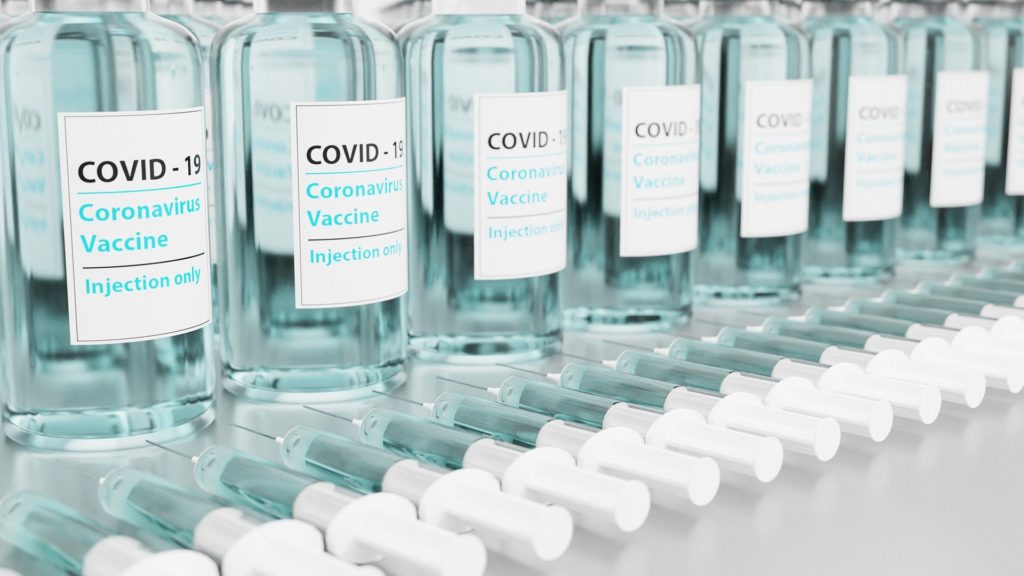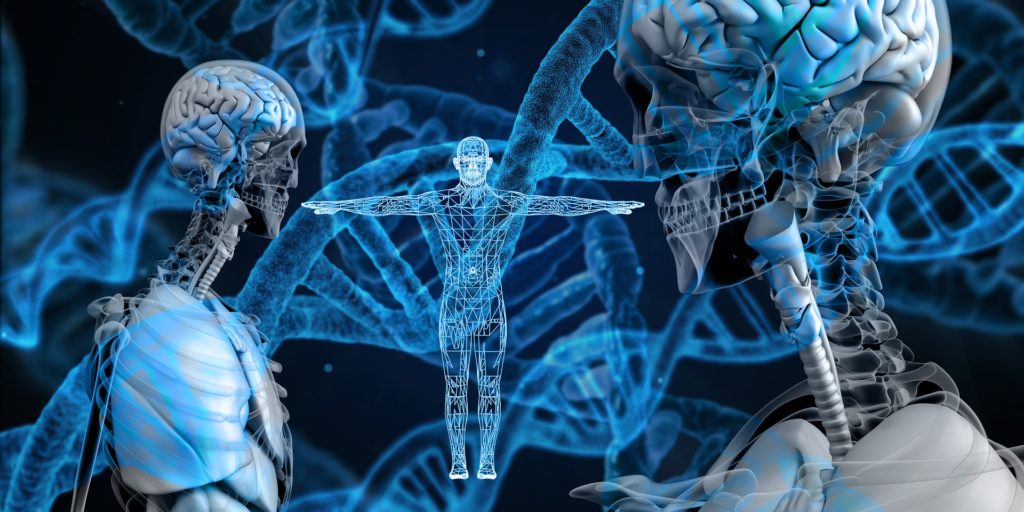This microscope image of the brain region called the hippocampus shows the protein targeted by cannabis-derived CBD, GPR55 (red), and brain cells (blue) that send their extensions out to form the layers seen in the image. The interconnected nature of the hippocampus makes it a significant site for the initiation and spread of seizures.
Tsien et al, Courtesy of Cell Press
A study reveals a previously unknown way in which cannabidiol (CBD), a substance found in cannabis, reduces seizures in many treatment-resistant forms of pediatric epilepsy.
Led by researchers at NYU Grossman School of Medicine, the new study found that CBD blocked signals carried by a molecule called lysophosphatidylinositol (LPI). Found in brain cells called neurons, LPI is thought to amplify nerve signals as part of normal function but can be hijacked by disease to promote seizures.
Published online February 13 in Neuron, the work confirmed a previous finding that CBD blocks the ability of LPI to amplify nerve signals in a brain region called the hippocampus. The current findings argue for the first time that LPI also weakens signals that counter seizures, further explaining the value of CBD treatment.
“Our results deepen the field’s understanding of a central seizure-inducing mechanism, with many implications for the pursuit of new treatment approaches,” said corresponding author Richard W. Tsien, chair of the Department of Physiology and Neuroscience at NYU Langone Health.
“The study also clarified, not just how CBD counters seizures, but more broadly, how circuits are balanced in the brain,” added Tsien. “Related imbalances are present in autism and schizophrenia so that the paper may have a broader impact.”
Disease-Causing Loop
The study results build on how each neuron “fires” to send an electrical pulse down an extension of itself until it reaches a synapse, the gap that connects it to the next cell in a neuronal pathway. When it reaches the cell’s end before the synapse, the pulse triggers the release of compounds called neurotransmitters that float across the gap to affect the next cell in line. Upon crossing, such signals either encourage the cell to fire (excitation), or apply the brakes on firing (inhibition). Balance between the two are essential to brain function; too much excitation promotes seizures.
The new study looked at several rodent models to explore mechanisms behind seizures, often by measuring information-carrying electrical current flows with fine-tipped electrodes. Other experiments looked at the effect of LPI by genetically removing its main signaling partner, or by measuring the release of LPI following seizures.
The tests confirmed past findings that LPI influences nerve signals by binding to a protein called G-coupled receptor 55 (GPR55), on neuron cell surfaces. This LPI-GPR55 presynaptic interaction was found to cause the release of calcium ions within the cell, which encouraged cells to release glutamate, the main excitatory neurotransmitter. Further, when LPI activated GPR55 on the other side of the synapse, it weakened inhibition, by decreasing the supply and proper arrangement of proteins necessary for inhibition. Collectively, this creates a “dangerous” two-pronged mechanism to increase excitability, say the authors.
The research team found that either genetically engineering mice to lack GPR55, or treating mice with plant-derived CBD prior to seizure-inducing stimuli, blocked LPI-mediated effects on both excitatory and inhibitory synaptic transmission. While prior studies had implicated GPR55 as a seizure-reducing target of CBD, the current work provided a more detailed, proposed mechanism of action.


